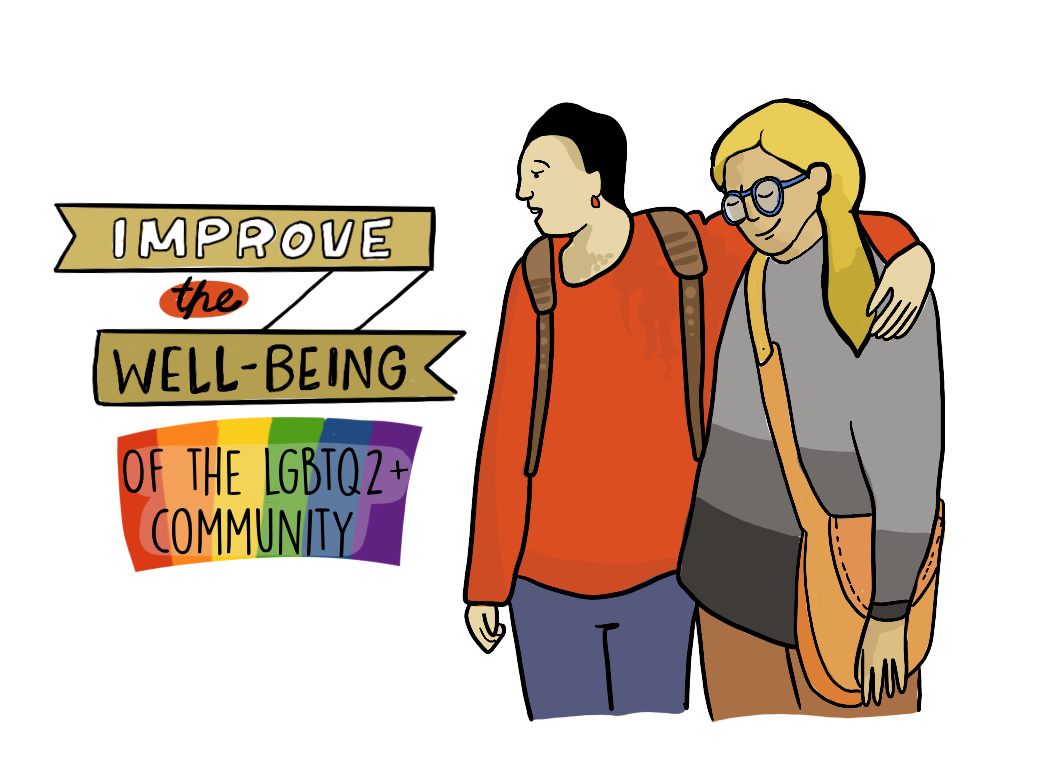The cultural psychology model
The cultural psychology model says that typical Western psychological interventions tend to focus on balancing two components: (a) using general techniques consistent with particular therapy modalities (e.g. Cognitive Behavioural Therapy, Psychodynamic therapy) that tend to create change across clients because of universal thought patterns and emotions, while (b) also working with the client to understand their unique needs as an individual, and their preferences for therapeutic styles and interventions.
In addition:
It is important to consider the groups that our client is part of, stating that, at the beginning of the therapist-client relationship, “time is spent exploring an individual’s various social memberships, their interactions with each other, the environment through which they navigate, and how these factors impact the psychological development and function of the individual” (p. 206).
Applying the model
Using the Client’s Language
This framework emphasizes the importance of using the client’s language when (a) discussing their concerns in session and (b) addressing the client in general.
Using and reflecting a client’s language can help avoid situations of miscommunication that may impact the relationship between the clinician and client. This can include things such as the clinician using language that assumes a client’s identity (e.g. assuming a client is cisgender, when they are not), or a clinician who suggests identity language must be permanent (e.g. being unsupportive of a client who has expressed interest in exploring different labels for their sexual identity).
To avoid these situations, one recommendation involves incorporating an identity survey for all clients during intake. An example of this is shown below.

Note: From, “LGBTQIA people of Color: Utilizing the cultural psychology model as a guide for the mental health assessment and treatment of patients with diverse identities” by M. L. Dominguez, 2017, Journal of Gay and Lesbian Mental Health, 21(3), p. 209.
Using the client’s language, particularly when using terms to refer to them, is significant because, “it allows the patient to feel immediately validated and provides a basis for further language or identity exploration. Patients will be less likely to perceive errors in language to be purposeful and will be more open to gentle education and correction of the clinician” (Dominguez, 2017, p. 209).
Culturally-Contextualize their Concerns
When working with a client, it can be valuable to explore their concerns in their own words as well. This involves engaging in an intake that asks the client to:
Explain their symptoms or presenting concerns in their words.
Explore their beliefs for why they may be experiencing their symptoms or concerns.
This allows the clinician to give the client space to express their own health belief systems that may or may not be related to their cultural background.
Exploring the client’s health belief models allows the clinician and client to openly negotiate a treatment plan together. Negotiating this, “is accomplished by openly discussing past help-seeking strategies, previous barriers to care, preferences for forms of treatment, and concerns regarding repetition of previously negative patient/clinician interactions” (Dominguez, 2017, p. 214).
Patient-Centered Treatment Goals
Outness is the extent to which an individual is open about their sexual orientation and/or gender identity to the various spheres of their life (work, family, friends, school, etc.).
In contrast, being “closeted” implies that an LGBTQ2 person may not be open about their sexual orientation and/or gender identity to some, or all, of the people or communities in their life.
An important note about outness is that the process of coming out to others is often viewed as a singular event where a queer person shifts from a state of being completely closeted to being out. However, LGBTQ2 people often make choices across their lifespan on concealing and disclosing their sexual orientation and/or gender identity to specific people or groups.
LGBTQ2 people may choose to conceal their sexual orientation and/or gender identity because concealing a stigmatized identity may be perceived as providing psychological or emotional relief in the moment, but doing this can create psychological distress because there is a constant threat of having this identity discovered.
Being out to others can provide many mental health benefits, including: lower anxiety and depression, higher self-esteem, and greater positive affect.
However, not all studies show a positive relationship between outness and mental health among queer communities.
With this in mind, research seems to suggest that outness is helpful for an LGBTQ2 person’s mental health experiences, only if they are coming out to a supportive and affirming person. As stated by Kwon (2013), in his scoping review of resilience in LGB-identified people, “In other words, the key resilience variable [relating to outness] is social support, not outness. Reactions to disclosure are obviously not universally positive, making disclosure a risky proposition in some situations.”